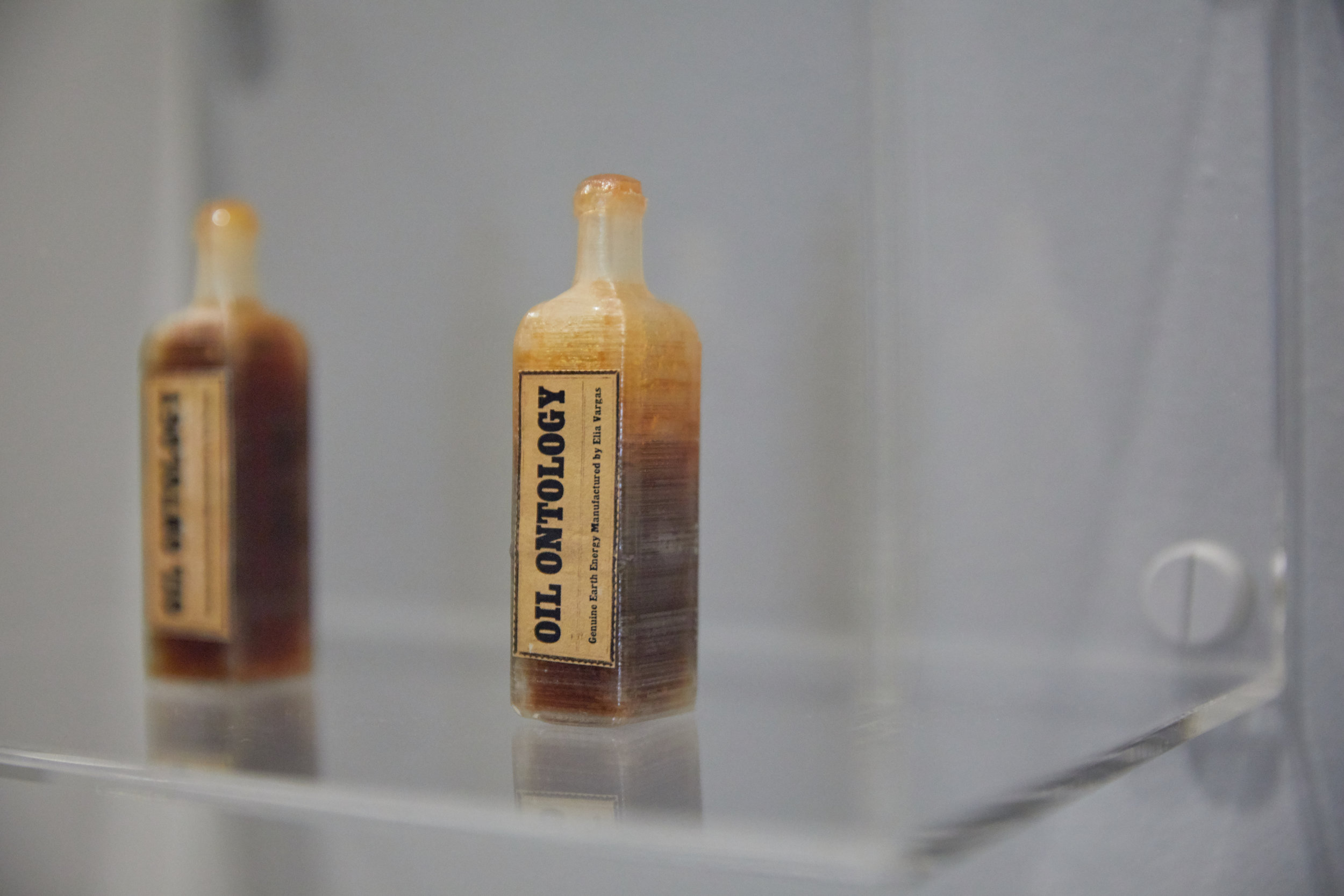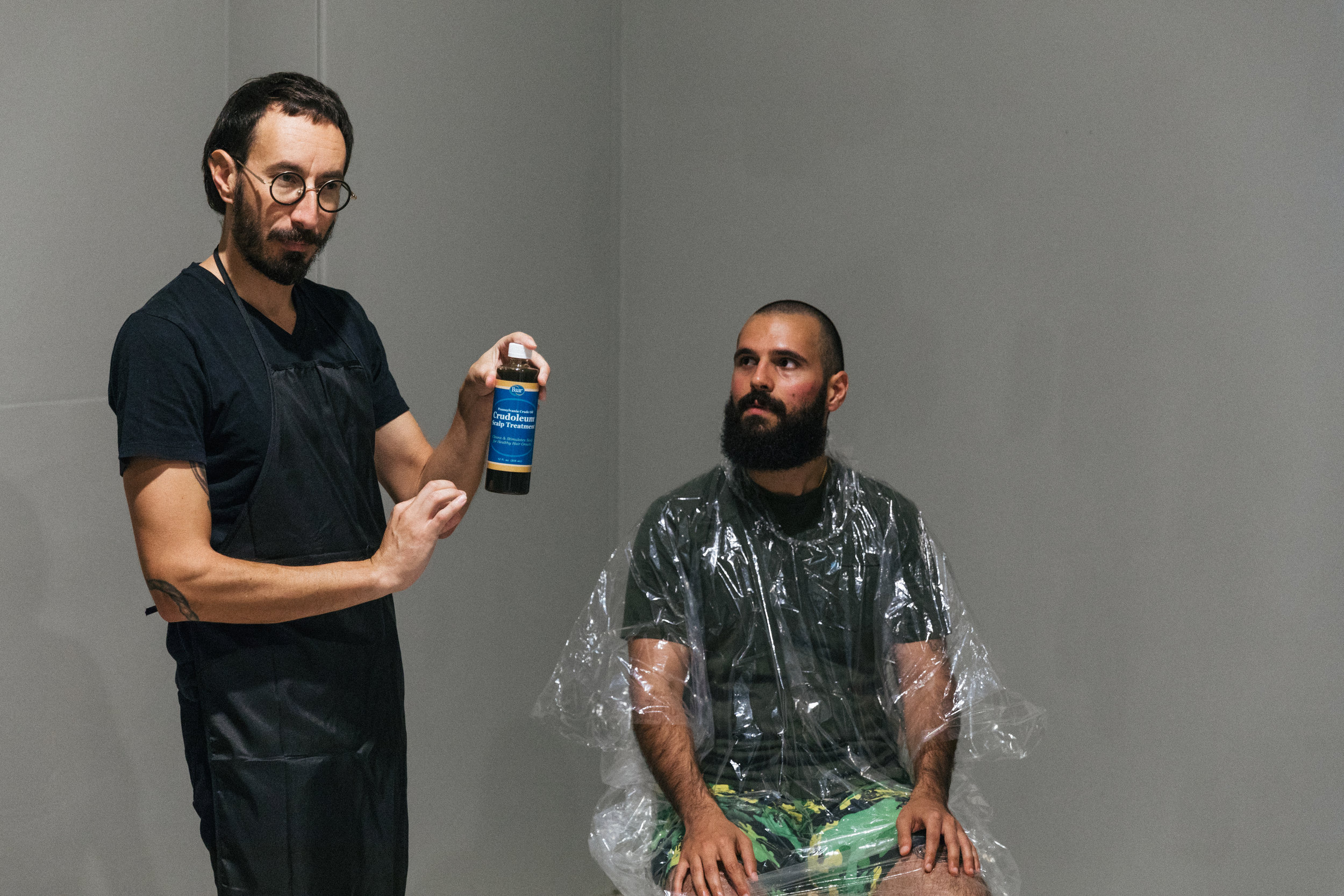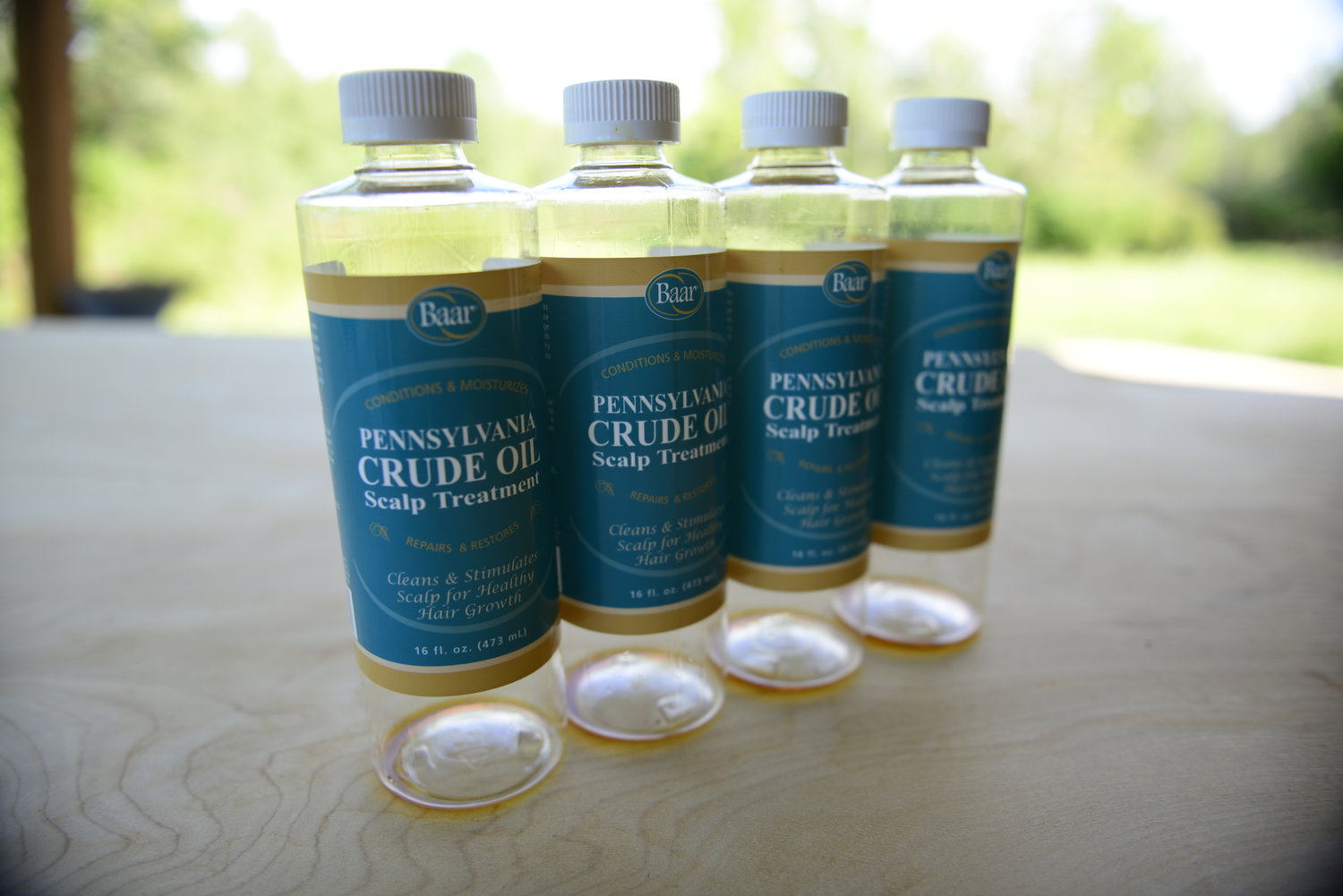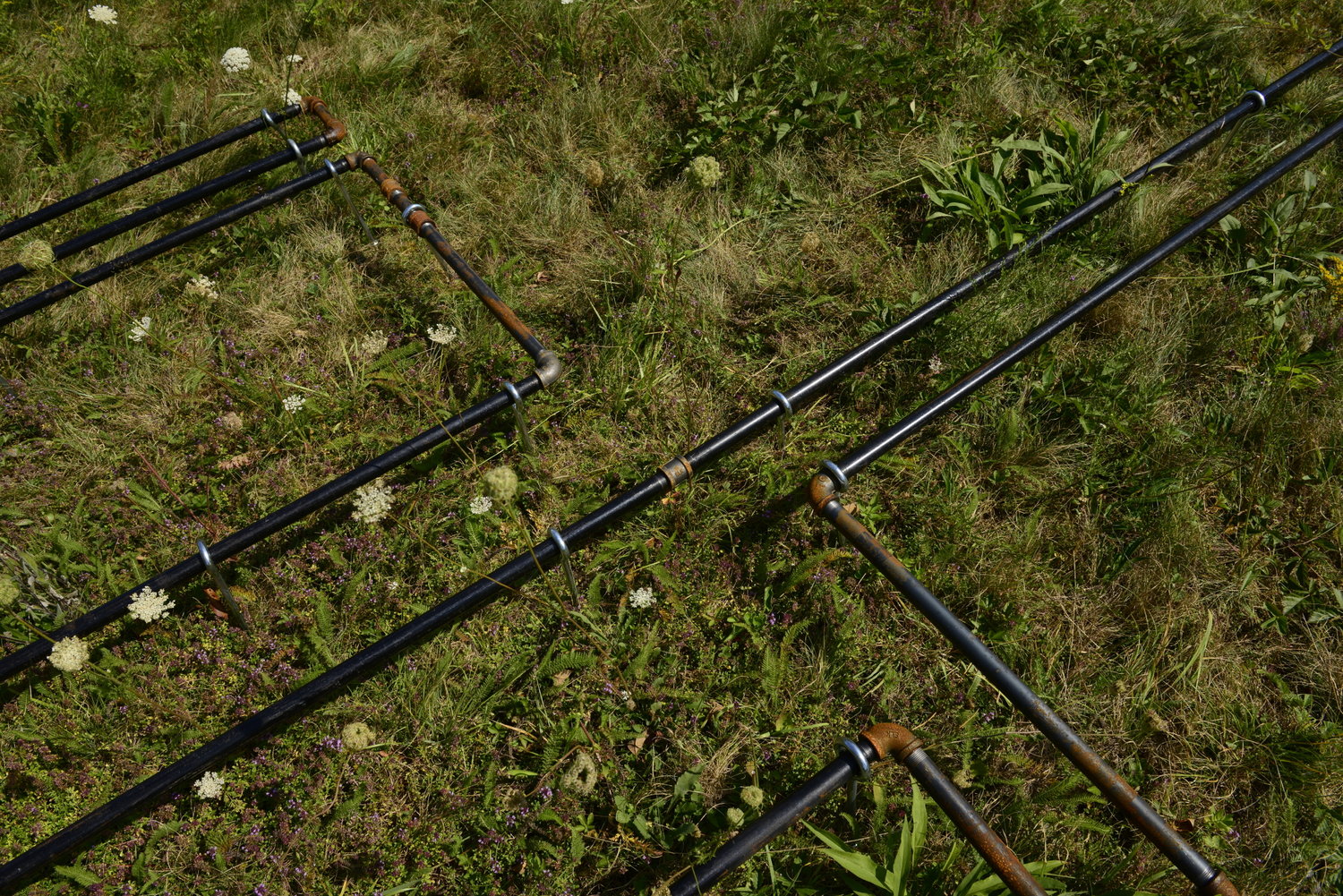The Heliotechnics/Heliotechniques Institute for the Study of Solar Practices explores new ways of thinking about energetic entities, such as petroleum, whale oil, electricity, and the sun to decenter anthropocentric representations of nature, culture, and technology. The Institute takes a pluralistic approach to meaning making, providing critical and creative inquiries that pose a very basic question: why do Western humans presume that because energetic entities exist, they should be put to work for human economic productive means?
The Heliotechnics/Heliotechniques Institute website is a solar powered website (www.solarpractices.org). It exists intermittently, in relation to solar activity at the local server site.
Solar practices explore relations as practices that create alternative conceptualizations of meaning making, knowledge production, media, communication, community, agencies, and beings-together that challenge anthropocentrism. Solar practices does not distinguish between the practices of different entities, and does not assume (Western, English-speaking) human representations are the correct, universal, descriptions of life. Instead, it constructs meaning through relations.
The Heliotechnics/Heliotechniques Institute for the Study of Solar Practices is made possible by the New York State Council on the Arts with the support of the Office of the Governor and the New York State Legislature. This project is supported by The Generator Fund, a grant for artists administered by The Buffalo Institute for Contemporary Art and funded by the Andy Warhol Foundation for the Visual Arts. It is fiscally sponsored by Wave Farm, with partnerships from Gray Area for the Arts, New Monuments Task Force, the Center for Emotional Materiality, and the Department of Media Study University at Buffalo, SUNY.




Carbon Loops (commissioned by LoPh Lab, exhibited in Gas Exchange and the Right to Breath at Slought Foundation, and screened in CROSSROADS 2022 Film Festival) is an earthly diffraction of a process of light—a decomposing 16mm film installation, a process of non-representational crude oil inscriptions, a film environment. This work refigures representations of oil and light by physically breaking down images of oil through its own temporal inscription. In other words, utilizing the materializing effects of oil (marking bodies, decomposition, disintegration) to illuminate other ways of seeing (or thinking, knowing, conceptualizing) oil. Carbon Loops (re)presents oil-soaked representations of oil as an ongoing, yet disintegrating, projection of light.
The two 16mm film projectors positioned next to each other project short phasing film loops that have been soaked in crude oil for one month. The film loops consist of an experimental film constructed from individual still photographic C-prints made by enlarging samples of used motor oil created by fine art photographer Johnna Arnold in the series From Inside This Earth. After printing the short experimental film loops on the polyester-base 16mm Kodak Vision Color Print Film 3383 (a synthetic fiber derived from petroleum), the film loops were submerged in crude oil for the period of one month. Carbon Loops recontextualize these abstract images amidst an ongoing process of reconfiguration by light and carbon. The projectors will continue to run until the film breaks down from decay.








Alchemy and mysticism defined oil long before it became a fossil fuel. Conceptualizing oil as fuel is an onto-epistemological transformation that occurred over hundreds of years, reorienting the very idea of the ground underfoot. Oil Ontology: Genuine Earth Energy Manufactured, recently exhibited in Vancouver, B.C. as part of Far Afield’s 2019 exhibition, Under the Beating Sun, From Summer to Summer, curated by Caitlin Chaisson. The installation consists of twelve 3D printed (PLA filament) crude oil medicinal bottles, sealed and containing Baar, Inc. 100% Pennsylvania Crude Oil Scalp Treatment, Crudoleum. The work highlights the history of mysticism and oil medicine. Crudoleum was invented by Edgar Cayce, a pioneer of American mysticism. Prior to crude oil extraction, industrial salt miners sold crude oil as a medicinal ointment. The history of crude oil as a medicinal substance far outdates its use as a combustible energy source and the image of a medicinal oil bottle, despite its strange appearance now, was once common place. The additive construction technique of 3d printing the polymer oil bottles—sealing off a history of medicinal petropractices via contemporary petroplastics—explicitly withholds the myriad alternatives to oil as fossil fuel that have existed in the past. Oil Ontology explores the ontological limit of industrial conceptions of nature that crude oil has normalized in contemporary life practices. That is to say, Oil Ontology bottles up and restricts access to these different conceptions of oil.
Photo credit: Denis Gutiérrez-Ogrinc





Oil rituals for the future #6 (2018), curated by Ceci Moss as part of Anatomy of Oil at Gas Gallery in L.A., attends to the material qualities of oil itself, and how they formally contribute to its pervasiveness both economically and culturally. The work is made of paraffin wax, a hydrocarbon derived from petroleum. Paraffin wax was discovered in 1830, transforming home illumination, and it continues to be used in food, beauty products, and manufacturing. Contained in nylon stockings (the first synthetic material, derived from petroleum in a DuPont research lab in 1935), the sculptures are designed to melt in concert with the heat conditions of the truck gallery. This slow and unpredictable transformation mirrors oil’s mutability and relentless impact on the cultural formation of the body.





Signal materialism and information embodiment illuminates invisible subject-hood formulation. A deep viewing of Crude Illumination reveals the complex relationship of petropolitics and climate change as a projected signal flow of decaying material technologies and western ideologies – in other words, a myth, a fiction, a haunting dance of ineffable light. As oil sublimates carbon dioxide into our environment, the cloud disperses information everywhere.
In June 2018, Crude Illumination was shown at Southern Exposure in San Francisco as part of a group exhibition entitled Thekla, curated by Lauren Marie Taylor. The title Thekla is taken from a city described in Italo Calvino’s Invisible Cities as endlessly built and rebuilt by its citizens, using the patterns of stars as blueprint. The artists of the exhibition, like the citizens of Calvino’s city, reflect on the vastness of the universe in our material realities. In their investigations of both darkness and light, the artists in Thekla create experiences for viewers in which the mind can rest, overwhelmed by it’s contemplation of the infinite.

Lubricated Substrates is a solo exhibition with Elia Vargas featuring his expansive body of work investigating light as material, earth infrastructures, oil materialities, earth energies, and global transmissions. This culmination of his previous works and research will be presented alongside new works, including the US premiere of the video "Signal Works".
Lubricated Substrates explores crude oil as a network of ideological formulation, enabling certain pathways of enunciation. In this work, network meaning is revealed through what architecture theorist Keller Easterling calls its disposition–not what it does, but how it does it and what its tendencies are–tracing cultural infrastructure that is enabled, activated, or even manufactured by material flows of crude oil. This work reconnects the materiality of oil–specifically the hydrocarbon paraffin–with its early history steeped in mysticism, mythology, and medicine. This history reveals an entangled culture soaked in oil flow. Manipulating my crude oil source, the product Pennsylvania Crude Oil Scalp Treatment, invented by Edgar Cayce, father of the New Age movement, I trace oil extraction at the first U.S. commercial oil well, Drake Oil Well. In 1859 crude oil was used as a medicinal ointment but shifted dramatically upon successful commercial extraction, initiating a global pursuit of oil drilling and fissuring two binary embodiments: carbon energy source and mystical healing.
Presented at B4BEL4B in July 2017.












Cloud Points: A Derivative of Crude Illumination is a site-specific paraffin feedback loop, crude oil transmission pipeline. Installed and exhibited from 8/26/2016-9/4/16 during a Wave Farm artist residency, Cloud Points explores alternative oil ontologies, crude oil as media, and the entangled history of crude oil as medicinal spiritual ointment as well as material energy source derived from latent solar radiation. Paraffin waxy build up in oil pipelines reduces flow capacity, yet the paraffin hydrocarbon was also used as leverage by both mystics and industrialists to argue for crude oil extraction due to a shared biology with human blood flow. As a result, paraffin both enabled and sabotaged human oil extraction and pipeline growth. Cloud Points points towards the poetics of crude oil flow both as part of the signal path of the electromagnetic spectrum, thus a carrier wave of information, and as early technology infrastructure that shapes much of the physical and ideological infrastructure of the contemporary landscape.
Presented at the Museum of Craft and Design in San Francisco, The Exquisite Garden Projects are one manifestation of creative brainstorming — group experiences that water the deep roots of the creative spirit, and nourish the fellowship that creative people naturally seek. Joe Brubaker describes the Exquisite Garden installations as “barn building without geometry and art making without critiques.”
The Exquisite Gardeners: The Visible Transparency Project is open to the public during installation. Museum visitors will enjoy watching the Exquisite Gardeners work within an atmosphere of unstructured time, aesthetic free play, and radical creativity. The Exquisite Gardeners: The Visible Transparency Project will transition from Joe’s sculptural work, which surveys his solo journey, into the Garden, an onsite installation created by a team of Exquisite Gardeners. Alchemy occurs in the Garden when non-traditional materials such as rags become flowers, ropes became snakes, and rusty metal is transformed into an altar. The spirit of collaboration honors individual contributions to the growth of the Garden — all the Gardeners leave their shoes and their egos at the door when they enter the Garden.


